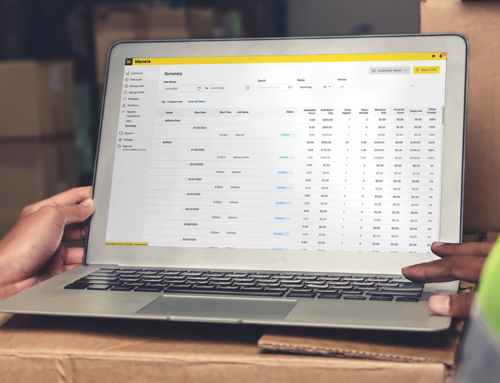Wonolo
You’ve probably heard a lot about the novel coronavirus (also known as COVID-19) in the past few months. There is non-stop coverage in the news media about this strain of coronavirus, much of which is speculation intended to grab your attention. This can make it difficult to know what practical steps you should take to prepare yourself and your workforce. That’s why we gathered this list together. Take a look and get started today to make sure you, and the people who depend on you, are ready.
1. Educate yourself
- Know the basics.
- COVID-19 was first detected in China. It has since spread to 60 locations worldwide, including the U.S.
- COVID-19 symptoms include fever, coughing, and shortness of breath.
- COVID-19 is mainly spread through person-to-person contact.
- If someone suspects they have been exposed to COVID-19, the CDC recommends they stay at home, away from other people or animals, and call their healthcare provider for advice.
- There is currently no vaccine or specific antiviral treatment for COVID-19.
- Take a look at the Centers for Disease Control website and the World Health Organization website for reliable, up-to-date info. As the experts learn more about this novel coronavirus, they will update those sites with additional info and resources.
2. Know your leave policies
- If you offer paid sick time to your employees, now is a good time to brush up on your policy. Many states and cities have paid sick leave laws, including California, Oregon, and Washington. Double-check that your policy is acceptable under any new laws in your area.
3. Plan for possible extended absences
- Per the CDC, “Patients with confirmed COVID-19 should remain under home isolation precautions until the risk of secondary transmission to others is thought to be low.” If COVID-19 spreads to your area, it is possible some of your workforce may have to stay home in isolation for an extended period of time. Now is the time to decide what you will do in this situation. This includes:
- Decide which employees can work remotely. Prepare any equipment they may need to do this.
- Engage temporary workers to take over certain roles.
- Prepare employees to take on responsibilities outside their role.
- Create plans in the case of a partial or full shut-down of your operations.
4. Take safety precautions
- There are many everyday actions you can do to help prevent the spread of viruses.
- Wash your hands with soap and water, for at least 20 seconds. Check out printable posters and handouts for your workplace here.
- If it’s not possible to wash your hands, use hand sanitizer with at least 60% alcohol.
- Don’t touch your face.
- Clean frequently touched objects and surfaces regularly.
- Stay home when you are sick. Tell your employees to stay home when they are sick.
- Cover your cough and sneeze with a tissue and then throw the tissue away.
- Note, the CDC does not recommend people who are well use facemasks.
5. Communicate early and often
- Remind your employees of sick leave policies, the best ways to prevent the spread of viruses, and any new procedures you have in place for coronavirus.
- Use multiple forms of communication to ensure employees receive the message. This could look like regular email updates, speaking in person at team meetings, and posting info in a common area at work.
6. Stay calm
- The CDC reports, “For the general American public, who are unlikely to be exposed to this virus at this time, the immediate health risk from COVID-19 is considered low.”
- Your employees will look to you to set the tone at work. Be calm, open, and prepared.
- Discourage employees from spreading rumors or fear-mongering. Recommend high-quality, trustworthy resources, like the CDC website.
- Don’t rely on social media as a reliable source of news.






